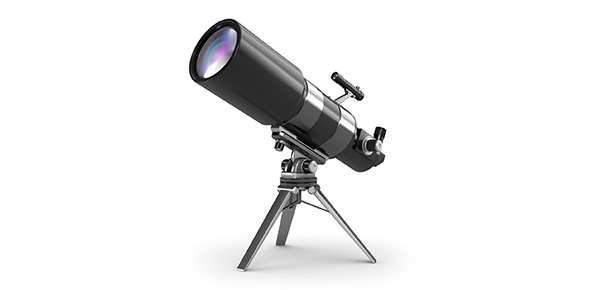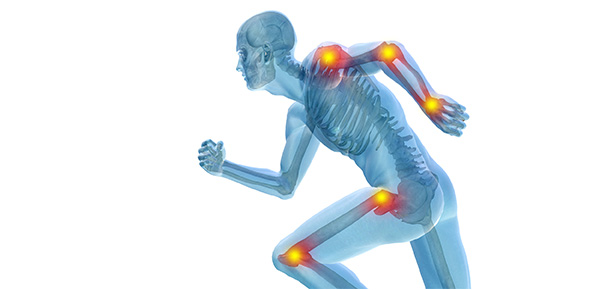Related Flashcards
Related Topics
Cards In This Set
| Front | Back |
|
Diagnostic systems allow clinicians and scientists to
a. conduct psychotherapy.
b. communicate accurately with one another about cases and
research.
c. understand the role of cultural bias.
d. All of the above are correct.
|
B. communicate accurately with one another about cases and research.
|
|
Jim was given an intelligence test in March and
re-administered the same test one year later. His score both times was the
same. This indicates that the intelligence test has
a. high test-retest reliability.
b. high interrater agreement.
c. internal consistency.
d. None of the above is correct.
|
a. high test-retest reliability. |
|
Generally it is impossible for measures to be
a. reliable but not valid.
b. valid but not reliable.
c. neither reliable nor valid.
d. both reliable and valid.
|
B. valid but not reliable.
|
|
Britney was taking a test to measure levels of
depression. All of the items covered
typical symptoms of depression. This
inventory would be said to have
a. high construct validity.
b. high content validity.
c. high criterion validity.
d. high statistical validity.
|
B. high content validity.
|
|
In 1994, the DSM-IV was published by the
a. American Psychopathological and Statistical Association.
b. World Health Organization.
c. Congress of Mental Science.
d. American Psychiatric Association.
|
D. American Psychiatric Association.
|
|
In 2000, the DSM-IV-TR was published
a. to clarify issues surrounding prevalence rates, course,
and etiology.
b. to describe diagnoses in objective terms.
c. to include response to treatment in the descriptions of
diagnoses.
d. for use by laypersons as well as professionals.
|
A. to clarify issues surrounding prevalence rates, course, and etiology.
|
|
The letters in the abbreviation DSM refers to
a. Diseases and Symptoms of the Mind.
b. Diagnostic and Statistical Manual.
c. Diseases and Symptoms Manual.
d. Disorders and Symptoms Manual.
|
B. Diagnostic and Statistical Manual.
|
|
Axes I and II are separated
a. to distinguish mood disorders from psychotic disorders.
b. to allow distinctions between medical conditions and
psychological conditions.
c. to distinguish longstanding disturbances from acute
problems.
d. All of the above are correct.
|
C. to distinguish longstanding disturbances from acute problems.
|
|
In DSM-IV-TR, long-standing diagnoses such as personality
disorders are identified on
a. only Axis I.
b. only Axis II.
c. only Axis III.
d. Axis II and III.
|
B. only Axis II.
|
|
Axis V is included to
a. provide a current rating of functioning.
b. estimate probability of recovery.
c. assist in clarifying diagnoses made on Axis I or II.
d. None of the above is correct.
|
A. provide a current rating of functioning.
|
|
Without Axis IV, which of the following would not be
included in the DSM-IV-TR diagnosis?
a. a developmental disorder
b. alcoholism
c. diabetes
d. homelessness
|
D. homelessness
|
|
Jose has major depression and has multiple sclerosis. He would be diagnosed on
a. Axis I: major depression and Axis III: multiple
sclerosis.
b. Axis I: major depression; Axis II: multiple sclerosis.
c. Axis I: major depression and multiple sclerosis.
d. Axis II: major depression and Axis III: multiple
sclerosis.
|
A. Axis I: major depression and Axis III: multiple sclerosis.
|
|
Sheila was recently robbed and subsequently developed an
acute stress disorder. She was blinded during the robbery and is now unable to
find work because of her loss of sight. Using DSM-IV, how would Sheila's
problems be diagnosed?
a. Axis I: no diagnosis; Axis II: Acute Stress Disorder;
Axis III: blindness
b. Axis I: Acute Stress Disorder; Axis II: blindness
c. Axis I: Acute Stress Disorder; Axis II: blindness; Axis
III: Psychosocial and Environment Problem: robbery
d. Axis I: Acute Stress Disorder; Axis III: blindness; Axis
IV: Psychosocial and Environmental Problem: robbery
|
D. Axis I: Acute Stress Disorder; Axis III: blindness; Axis IV: Psychosocial and Environmental Problem: robbery
|
|
Axis V of the DSM-IV-TR considers all but which of the
following?
a. social relationships
b. use of leisure time
c. occupational functioning
d. psychosocial problems experienced
|
D. psychosocial problems experienced
|
|
The multiaxial approach in DSM-IV-TR encourages clinicians
to make assessment judgments
a. on the most appropriate axis.
b. based on ethnic and cultural considerations.
c. considering a wide range of information.
d. using a variety of assessment measures.
|
C. considering a wide range of information.
|







